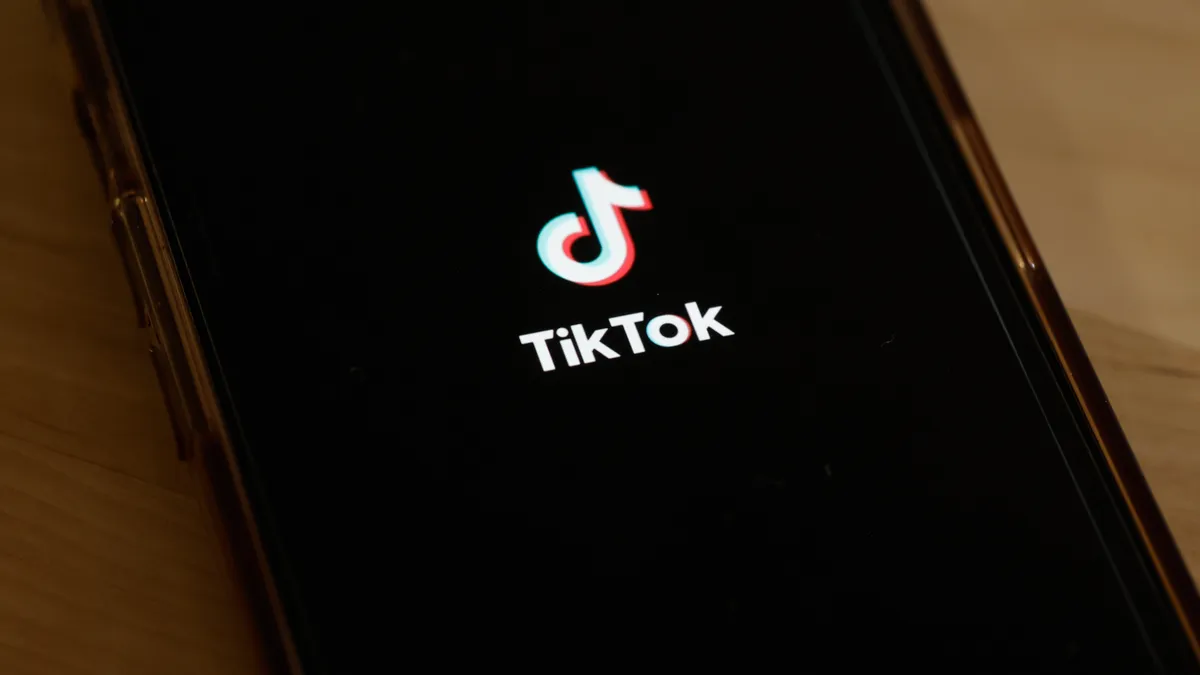Ask someone about the history of RFID and the first thing you’ll likely hear is about is Walmart.
In 2003, Walmart told its top 100 suppliers and vendors they had to tag all pallets and cases with RFID tags within two years. Bill Hardgrave, who consulted with the large retailer and its vendors alongside his colleagues when he was at the University of Arkansas, said use in retail jumpstarted with that announcement.
"At that time, we all believed that RFID was the technology meant for the supply chain, and for pallets and cases only," Hardgrave, who would go on to start the RFID Research Center a few years later and is now the provost at Auburn University, told Supply Chain Dive.
But RFID was not yet ready for prime time
In the Walmart years, RFID technology was relatively new and didn’t work that well. Despite the hype around Walmart’s pilot project, the tags were not giving suppliers useful data, Hardgrave said, adding little to already-efficient distribution centers and warehouses.
"It was a solution in search of a problem," Hardgrave said, and it gave RFID a bad name. In 2006, however, a focal change in RFID projects gave the technology new life.
The next iteration of technology vastly improved performance, and prices began to drop. Based on Walmart studies, retailers like Diller’s, Bloomingdales and Macy’s realized that the tracking problems they wanted to solve weren’t in the warehouses, but in the stores.
"That’s where we lose visibility, in the stores," said Hardgrave. RFID technology could be used to make sure product was available for customers. "The benefits are indisputable at this point."
RFID at the tipping point
A decade after Walmart launched its project, RFID had come into its own, becoming an integral part of retail and gaining steam in other industries, from aviation to healthcare.
Herman Kay, which manufactures outerwear for brands like London Fog, Anne Klein and Michael Kors and sells to retailers, began using RFID after Macy’s extolled its virtues in 2013, according to Rich Haig, the CIO/CTO at Herman Kay.
"I’ve seen an acceleration in the adoption of RFID by brand owners and manufacturers ... "

Bill Hardgrave
Provost and Vice President for Academic Affairs, Auburn University
"We’re probably at the tipping point" for usage in retail, said Haig. If retailers and manufacturers aren’t yet using it, they’re testing it.
In Herman Kay’s case, Haig said the company is rolling out RFID usage in phases. The time is right now, as the cost of tags decreased and supporting software and hardware, like handheld scanners, fixed portals and antennas are better. In the early 2000s, RFID tags cost 50 to 75 cents each — now, they’re around 3 to 8 cents each.
Distributing the benefits
RFID may save retailers time, but it doesn’t save manufacturers time. The real benefit to them is inventory accuracy.
"Now I’m fulfilling the orders 100% correctly," Haig said. In the past, if a retailer ordered 600 different size coats, 300 in black and 300 in navy, the retailer wouldn’t know if they received the right number in specific sizes and color ordered. Expectations have changed, and retailers and customers want to know what goods are available, and where. "It’s made us a much better supplier."
A related benefit, then, is increased trust and more effective communication between retailers and their suppliers.
The technology helps when a customer calls Haig to say their shipment is missing cartons. He can tell them the product code for each item in the carton, and they can input the number and do a Geiger search to find them. Previously there would have been a charge-back to the manufacturer. Now, there’s tracking and electronic proof of delivery.
Prior to those technological benefits, it could take two to three weeks to recognize and fix the problem. "It’s a loss for them and a loss for me," he said. "The product is not on the sales floor for three weeks."
The transition: From bar codes to RFID
A lack of in-store inventory visibility is hardly a new a problem. Long before RFID began to gain steam, bar codes captured use cases across the business world to become ubiquitous. But now, retailers — and perhaps other industries — are in a transition period.
Bar codes have problems, Hardgrave explained. Scanning bar codes is subject to human error. A person can pull the trigger twice, so one item is documented twice. Or the scanner could miss an item. In both cases, the picker may never know they overpacked or underpacked the box.
Another disadvantage is the scanner needs to see the bar codes to read it. The bar code has to face the reader, and the code could get scratched, damaged or be turned the wrong way. "With RFID, you don’t have to see it. You can read thousands simultaneously," Hardgrave said.
-
1. Inventory accuracy
Without RFID, there’s a 1.5% to 3% inventory accuracy degradation per month, Haig said. "By the time the year’s over, we’re lucky to have 60% accuracy on inventory. That’s a big deal."
-
2. Time savings
Haig has heard from clients that it can take 100 hours to count inventory on the floor, but it takes one hour with an RFID scanner, and the scanner is more accurate.
-
3. Availability
With RFID, salespeople know if there’s enough product on the floor, or what store it’s in. “You have the knowledge and confidence that it’s on hand,” said Haig.
-
4. Omnichannel
Omnichannel retailers must know their exact inventory in a single view, including color, style and size, to fulfill a customer’s order from multiple places.
-
5. Counterfeit identity
RFID tags are used in markets where there’s a lot of counterfeit products, to prove legitimacy.
-
6. Receiving accuracy
RFID decreases charge-backs to manufacturers, as items are checked during picking, packing and shipping, so the manufacturer knows that the items going out are the right ones.
6 advantages to RFID
"With RFID, because it’s radio frequency, it’s reading every hang tag and the unique electronic product code (EPC), so if you mistakenly put two in a box, you know," Haig said.
Herman Kay’s RFID scanners can determine exactly what colors are picked and packed. Each EPC records product size and information — distinguishing a navy charcoal garment from a black one — and is associated with a GS128 carton at every step: before leaving the packing station, when it enters the truck and after delivery. This close tracking provides electronic proof of delivery for both retailers and manufacturers.
Bar codes are cheaper, however, around half a cent each compared to 3 to 8 cents for an RFID tag. But if cost is plotted out based on labor, bar codes are more expensive in the long run.
The final countdown
More brand owners today are adopting RFID codes, and relying less on bar codes, but Hardgrave anticipates transition will take time. "Bar codes are so widely used. It’s hard to change something everybody is using," he said.
Infrastructure is one barrier to implementation. Stores and warehouses need RFID readers. Software systems are built around bar codes and UPC codes. Master data with bar codes shows there are 42 yellow shirts, but with RFID, it shows not only 42 yellow shirts, but sizes and EPC numbers for each. “That changes the systems,” Hardgrave said. Companies sometimes underestimate that data and software as a hurdle until they get there.
"... but also in the maturity of the thinking of how we solve these problems to make sure we’re providing a great experience for the customer."

Bill Hardgrave
Provost and Vice President for Academic Affairs, Auburn University
For a long time, companies requested Hardgrave’s help with their RFID initiative, asking how well the technology works and how much it costs. In the last few years, that’s shifted to omnichannel, as retailers ask how to serve the customer where and how the customer wants to be served.
"The only way to do that is inventory accuracy," he said. "The only way we’ve found to solve it in an efficient manner is RFID. We know it works. We know the benefits."
Companies start there and build on that. "I’ve seen an acceleration in the adoption of RFID by brand owners and manufacturers, but also in the maturity of the thinking of how we solve these problems to make sure we’re providing a great experience for the customer," Hardgrave said.






















